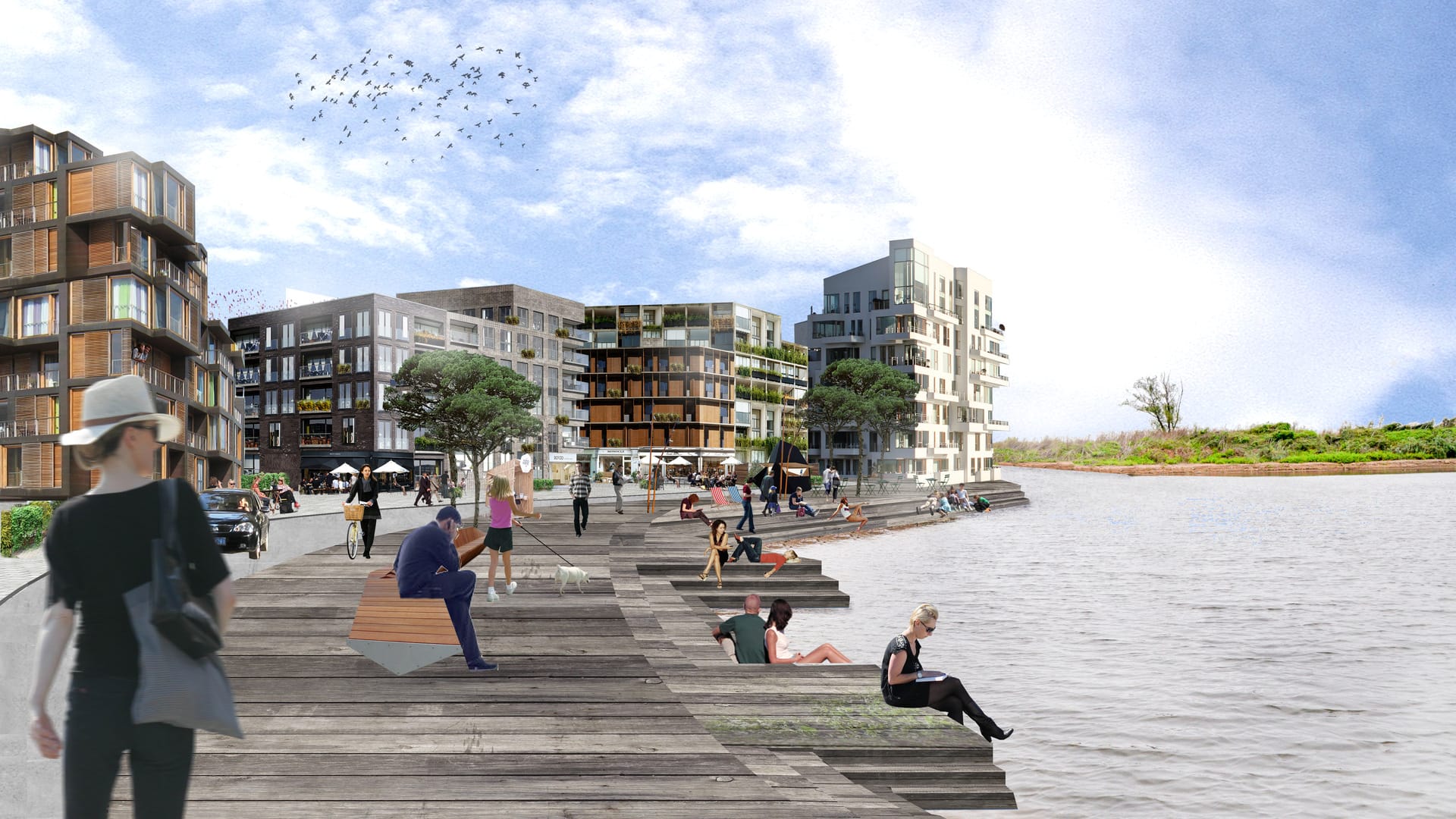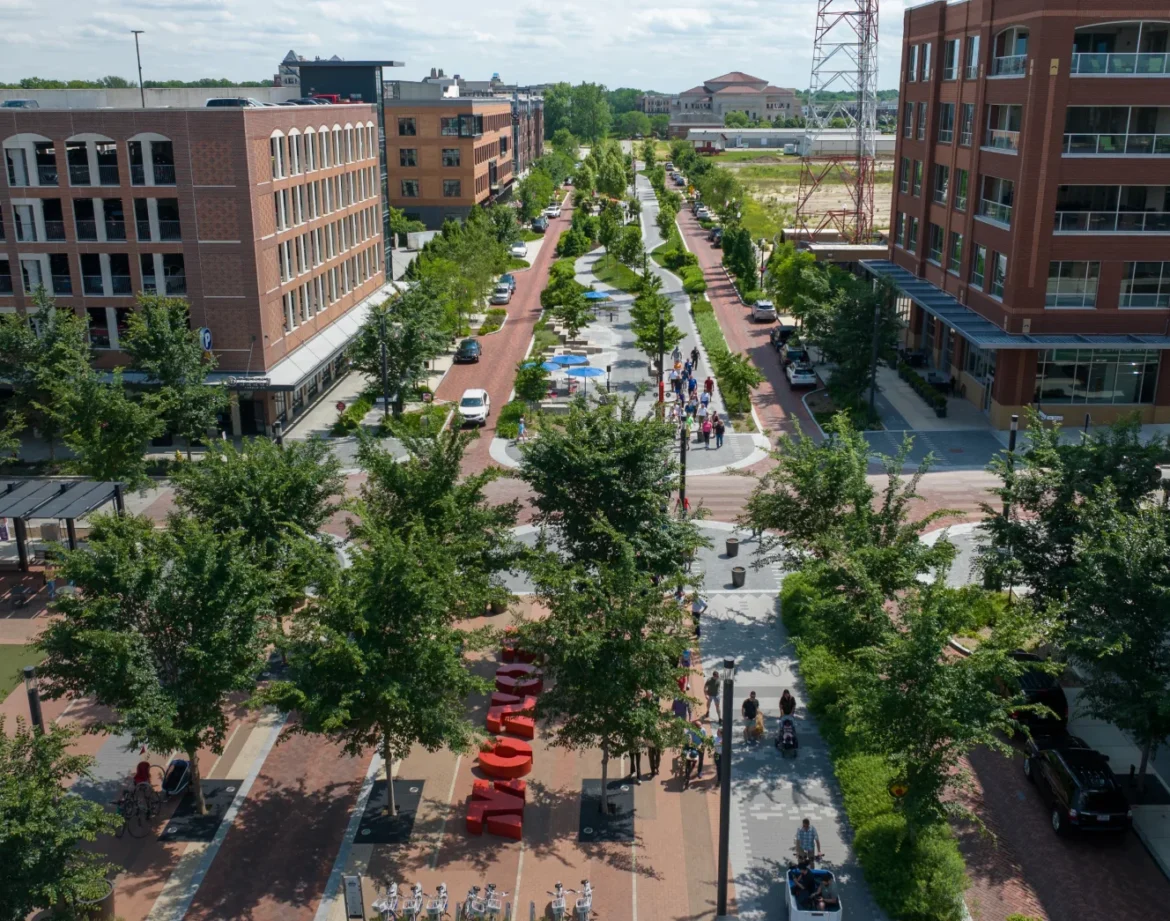Gehl Architects will transform Florianópolis, drawing inspiration from Copenhagen and New York.
Gehl Architects' performance in Florianópolis marks a new chapter in the urban planning of our capital, with a focus on active mobility, quality public spaces and a sustainable vision for the next 50 years.
The presence of the renowned Danish firm, led by urban planner Jan Gehl, promises to profoundly reshape the city's central region – in the same way as it has in cities like Copenhagen, New York and Melbourne.

Who is Jan Gehl and why is he a world reference in urban planning?
Above all, Jan Gehl is one of the most respected figures in contemporary urban planning. His proposal is simple: to return cities to their people. However, his approach goes far beyond aesthetics. Above all, he advocates for an urbanism grounded in human experience—with wide sidewalks, communal areas, safety for pedestrians and cyclists, and connection with the urban environment.
It's worth remembering that Gehl rose to prominence in the 1960s by transforming Copenhagen, Denmark, into a more humane, safe, and vibrant city. He similarly applied his principles to global metropolises such as New York, San Francisco, Mexico City, Sydney, Moscow, and Buenos Aires.
In other words, this is a professional who combines theory, practice and concrete results – and who now brings this experience to think about the future of Florianópolis.
What will Gehl Architects do in Florianópolis?
At the moment, Florianópolis is experiencing a strategic moment to reevaluate its urban form. With the support of the Commercial Association of Florianópolis (Acif), CDL and the city hall itself, Gehl Architects will conduct an in-depth urban study focusing on the city's central region.
In this sense, the plan is ambitious: to create a 50-year project, targeting the Santa Catarina capital that will emerge by the city's 400th anniversary in 2076. Therefore, this is not a simple revitalization. It is a long-term redesign, based on socioeconomic, historical, and cartographic data.
Additionally, the project will be supported by the newly created Urban Planning and Architecture Laboratory, which will provide technical input, maps, indicators, and local insights to support the Danish team's strategic decisions.

How can experiences in Copenhagen and New York inspire Florianópolis?
Gehl Architects' urban transformation in Copenhagen is a global benchmark. Once dominated by cars, the city has become a people-centered metropolis. Safe bike paths, pedestrian-only streets, and welcoming squares have redefined the quality of life for its citizens.
In New York, for example, the firm played a key role in converting the famous Times Square into a pedestrian-friendly area. This resulted in increased business flow, fewer accidents, and improved safety perceptions.
Likewise, Florianópolis will be able to draw valuable lessons from these projects. This will enable the reorganization of traffic flows, encourage active transportation, give people a leading role on the streets, and maximize the use of public spaces in a strategic and sustainable manner.
What are the expected impacts on urban mobility in Florianópolis?
As a result of the guidelines proposed by Gehl Architects, a gradual but effective transformation in urban mobility is expected. Florianópolis. Currently, the city faces traffic bottlenecks, a lack of infrastructure for cyclists and pedestrians, and disorganized land use in the city center.
Therefore, the focus is on active mobility: walking, cycling, and using public transportation in a safe, integrated, and functional manner. This will reduce dependence on cars, promote public health, and strengthen the local economy by promoting street commerce.
Furthermore, improvements in urban accessibility tend to make the city center more inclusive for different types of citizens – from the elderly to people with disabilities.

What are the differences in the Gehl method?
First, the Gehl method stands out for its attention to human behavior. Instead of designing cities based on viaducts or pharaonic structures, the approach starts from the pedestrian's perspective. In other words, the focus is on the real experience of those who live, work, or travel through a given area.
Similar to what happens in Denmark, the project in Florianópolis It starts with observation and collecting real data – how many people walk through certain spaces, how they interact with the environments, which routes are most used, where there are underutilized areas, among other aspects.
The team then develops scenarios based on evidence, not just intuition or fads. This ensures more efficient, personalized projects that adapt to local circumstances.
What is the role of local entities in this process?
In addition to Gehl Architects' technical involvement, the project's success will depend on the collaboration between the government, civil society, and the manufacturing sector. Fortunately, Florianópolis has already taken an important step in this direction.
Both ACIF and CDL are financing the project, demonstrating the direct interest of retailers and business owners in urban redevelopment. After all, a more attractive and accessible downtown area tends to generate more foot traffic and, consequently, more economic opportunities.
Even more important is the role of the Urban Planning and Architecture Laboratory, which will act as a bridge between international knowledge and local reality. This will help align expectations and ensure that solutions are realistic, viable, and efficient.
What can the population expect from the new urban plan?
In other words, the citizens of Florianópolis You can expect a city with a better balance of mobility, landscape, social inclusion, and economic vitality. A revitalized downtown where you can walk safely, relax in a comfortable square, access services easily, and socialize with others in well-planned spaces.
Above all, this redesign represents a unique opportunity to design a capital for future generations. By investing in long-term urban planning, Florianópolis is positioned among the most innovative and resilient Brazilian cities.
What are the next steps for Gehl Architects' project in Florianópolis?
Immediately after construction begins, the Gehl Architects team will conduct technical visits, participatory workshops, cartographic studies, and interviews with residents. This phase will be crucial for understanding the challenges and opportunities of the downtown area.
After this, the data analysis and proposal formulation phase will begin. Priority interventions will then be defined, with concrete suggestions for transforming streets, sidewalks, green spaces, and commercial areas.
Eventually, the plan could serve as a model for other regions of the city and even for other municipalities in Brazil.

In conclusion,
Finally, the arrival of Gehl Architects in Florianópolis represents a historic milestone for Brazilian urban planning. The collaboration with Jan Gehl and his team offers a real opportunity to reimagine the city with a focus on people, active mobility, quality public spaces, and sustainability.
In other words, this is a project that not only revitalizes a central area, but redefines the way Brazilian cities can be planned in the 21st century.
Therefore, by betting on the expertise of one of the world's greatest references in urban planning, Florianópolis takes a firm step towards a more human, intelligent and inspiring future.
Learn more at: https://www.gehlpeople.com/
